Explain Long Distance Transport of Water
Transport or conduction of the water means transport of substances from one part of plant to the another means transport of water and dissolved minerals from the roots to the leaves via xylem.
Roots the underground parts of the plants which is positive geotrophic in nature. This portion of the plant absorbed water and minerals from the soil, which is then transported to other parts of the plant. As plants are able to make photosynthesis thus the food produced by photosynthesis and that food must be transported to the different parts of the plants. This type of transportation occurs by the tissue called phloem. Thus two types of complex tissues are involved in the transport of in plants.
Transport in Plants: Transport in plants occur in three levels. Follows-
1. The uptake and loss of loss of water by individual cells.
2. At the short distance tissue and organ level the transport takes place.
3. Long distance transport of sap via xylem and phloem sap via phloem takes place throughout the plant body.
Xylem: Xylem tissue is associated with the conduction of water and dissolved minerals from the root to the leaves for the process of photosynthesis.
Phloem: After photosynthesis the food that produced in the leaves are transported by the phloem tissue to different parts of the plant.
Structure of Xylem: Xylem tissue is made up of four types of tissues. They are – tracheid, trachea, xylem parenchyma, xylem fibres. Among these tissues xylem parenchyma is only living and the rest of the tissues are dead. Xylem vessels and tracheid are long hollow cylindrical structure which are arranged end to end forming a system of the pipe line shape. It forms a continuous column or pipe line by which roots are connected to the leaves. Tracheid contains a tapering end, whereas the vessels have cell placed end to end. This will form a continuous hollow thing as their cell wall get dissolved and formed a continuous thing without partition.
Function of Xylem: As the tissues of the xylem form a continuous pipeline thus, water and dissolved
minerals are transported as a cell sap from the roots to the
leaves and the other parts of
the plant through the continuous pipeline formed by the vessels and tracheid.
Cell membrane of root hair cells are semi permeable in nature thus they are very selective for the transport of the solutes and water. The uptake of water and dissolved minerals are occurred down the concentration gradient and this concentration gradient is produced by the formation of water potential. Water potential depends on the amount of water and the concentration of the dissolved minerals. Mainly passive transport (osmosis) occurs and in some places active transport takes place against concentration gradient.
Different Theory Related to the Transport of Water:
Ascent of sap: Water which combines with the dissolved minerals of the soil is called sap. The movement of the sap through the xylem is in the upward direction, which is against the gravity for proceedings towards the leaves.
From Explain Long Distance Transport of Water to HOME PAGE
Recent Articles
-
What Is Plasma? | Blood Plasma | Proteins | Nutrients | Cholesterol
Nov 07, 25 10:29 AM
Blood is a mobile fluid which is a connective tissue and is derived from the mesoderm like cell any other connective tissue. Colour of blood is reddish and that flows inside the blood vessels by means… -
Disorders of Respiratory System | Tuberculosis | Pleurisy | Emphysema
Oct 28, 25 11:39 PM
Tuberculosis is very common disease and is caused by a type of bacteria called Mycobacterium tuberculosis. This disease causes different trouble in the respiration and infection of several parts of th… -
Regulation of Respiration | Respiratory Centres | Inspiratory Area |
Oct 14, 25 12:13 AM
Respiratory Centre is the area that controls the rate of respiration and it is observed to be located in medulla oblongata and pons. Respiratory Centre has the following will dispersed components like… -
Explain Transport of Gases | External Respiration | Tissue Respiration
Oct 09, 25 11:35 PM
In humans gaseous exchange is completed in the following ways the steps are - External Respiration or Breathing - Breathing in false taking in of Oxygen and giving out of carbon dioxide in the body. M… -
Kind and Number of Teeth | Location of Teeth in Mouth | Care of Teeth
Sep 11, 25 12:52 AM
Kind and Number of Teeth
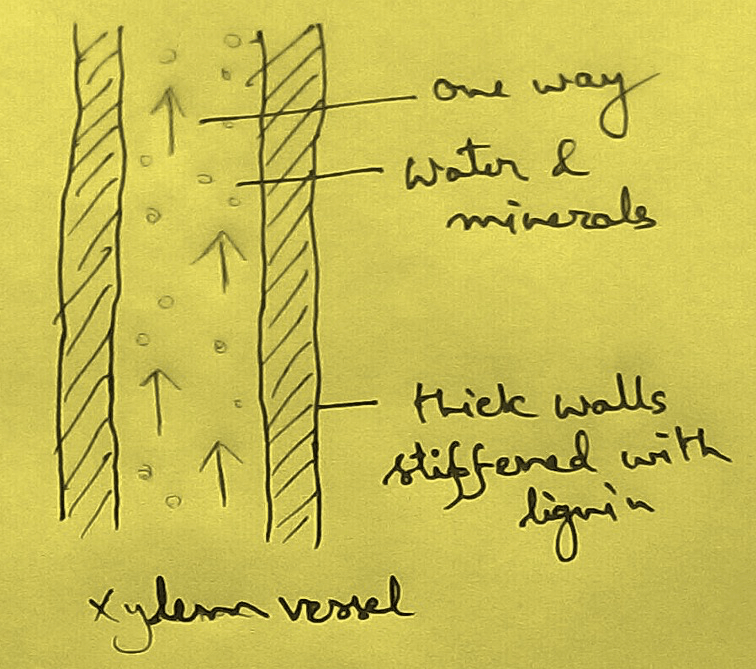
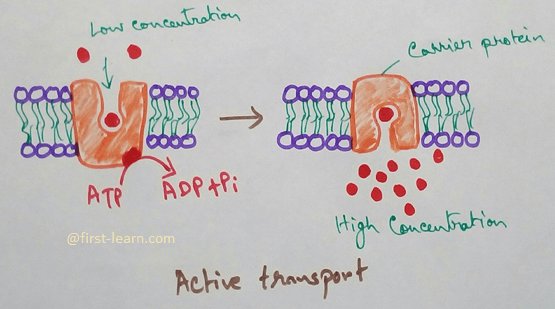
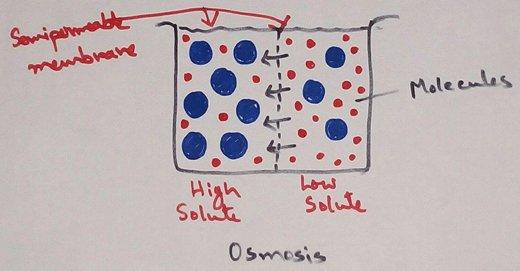
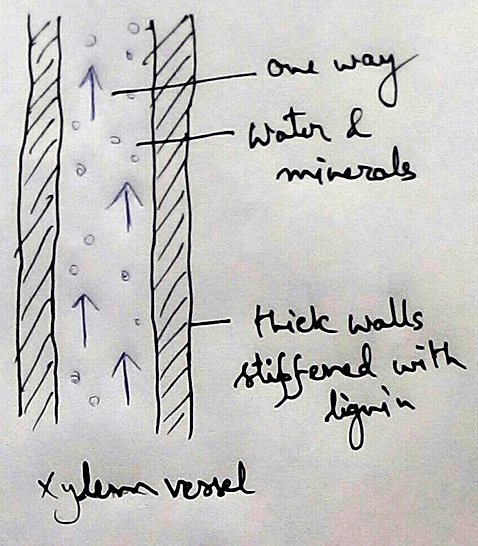
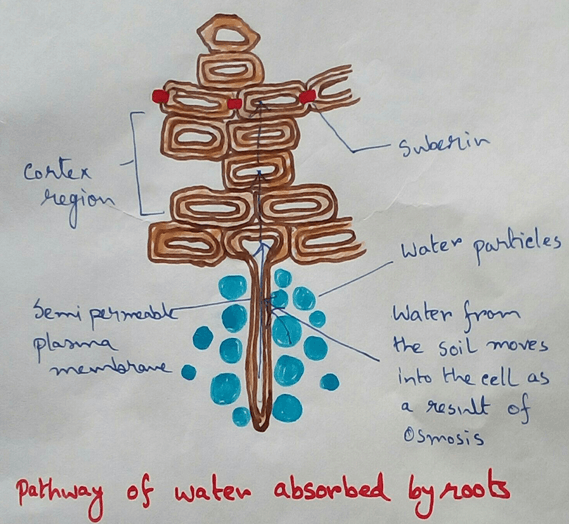
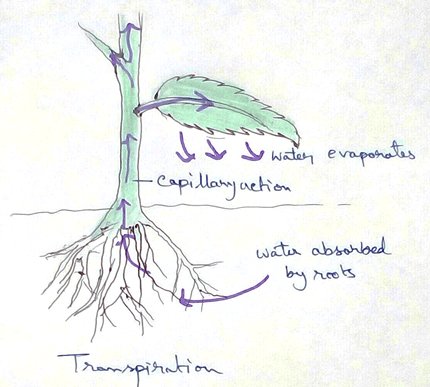
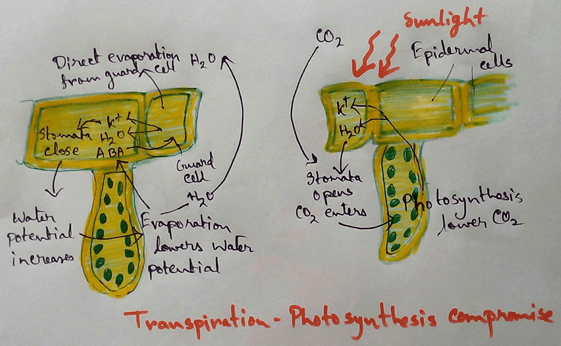
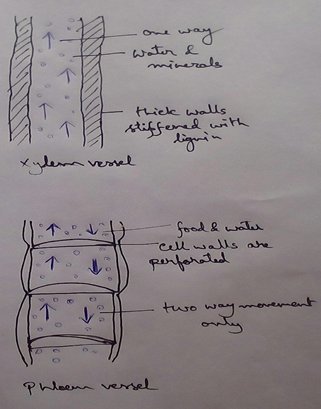
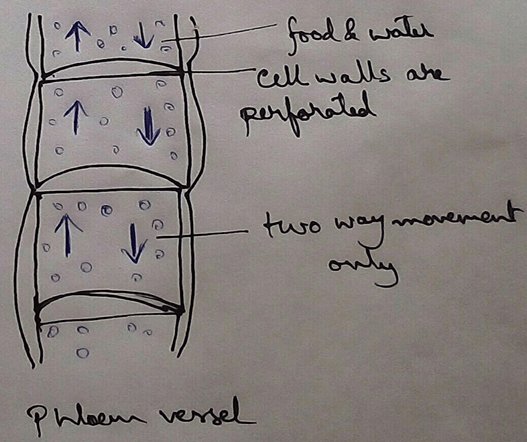
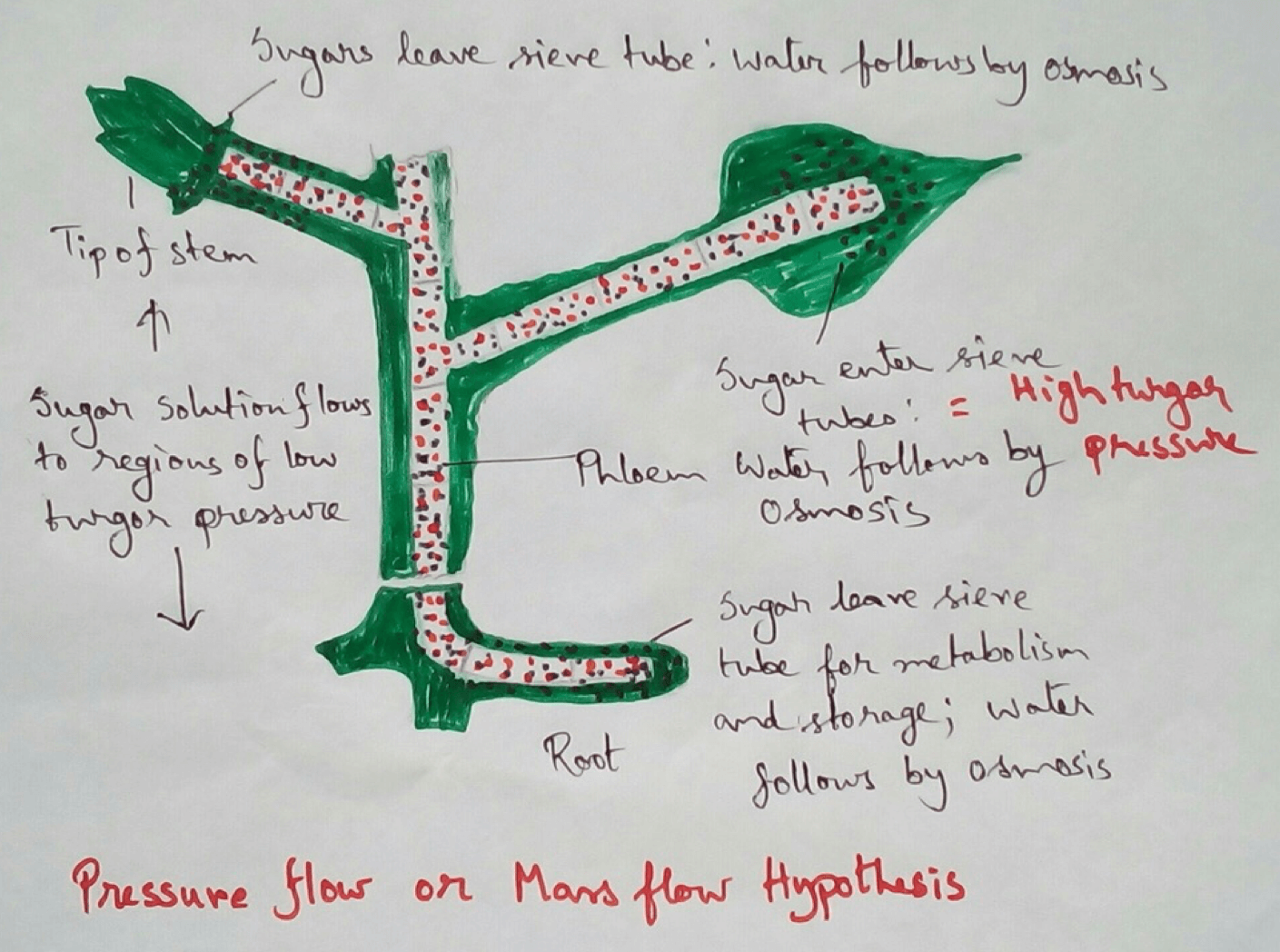
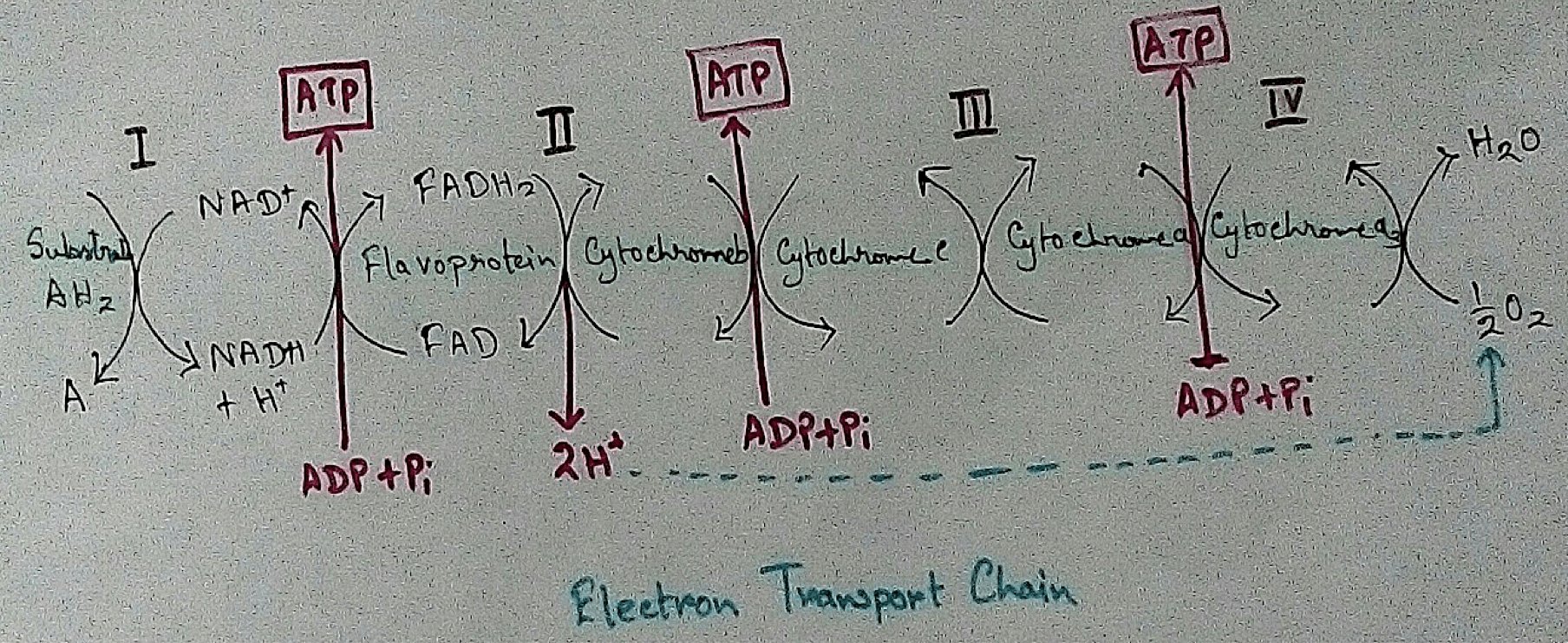





New! Comments
Have your say about what you just read! Leave me a comment in the box below.